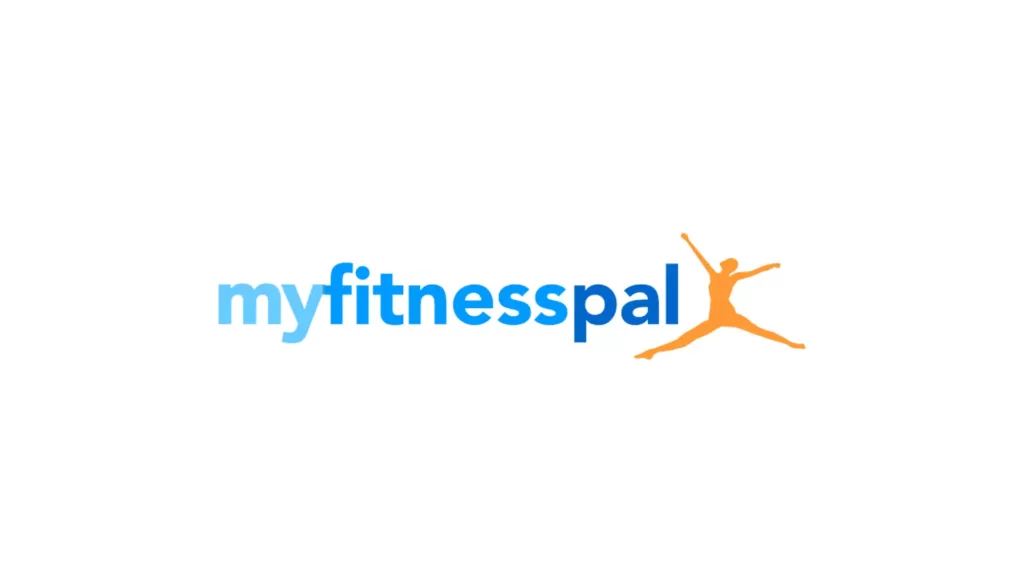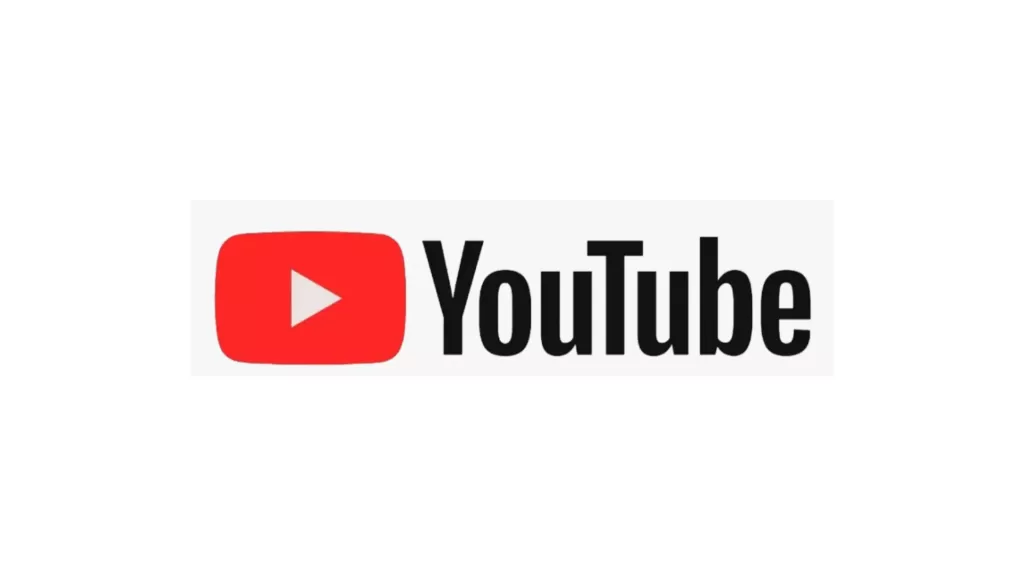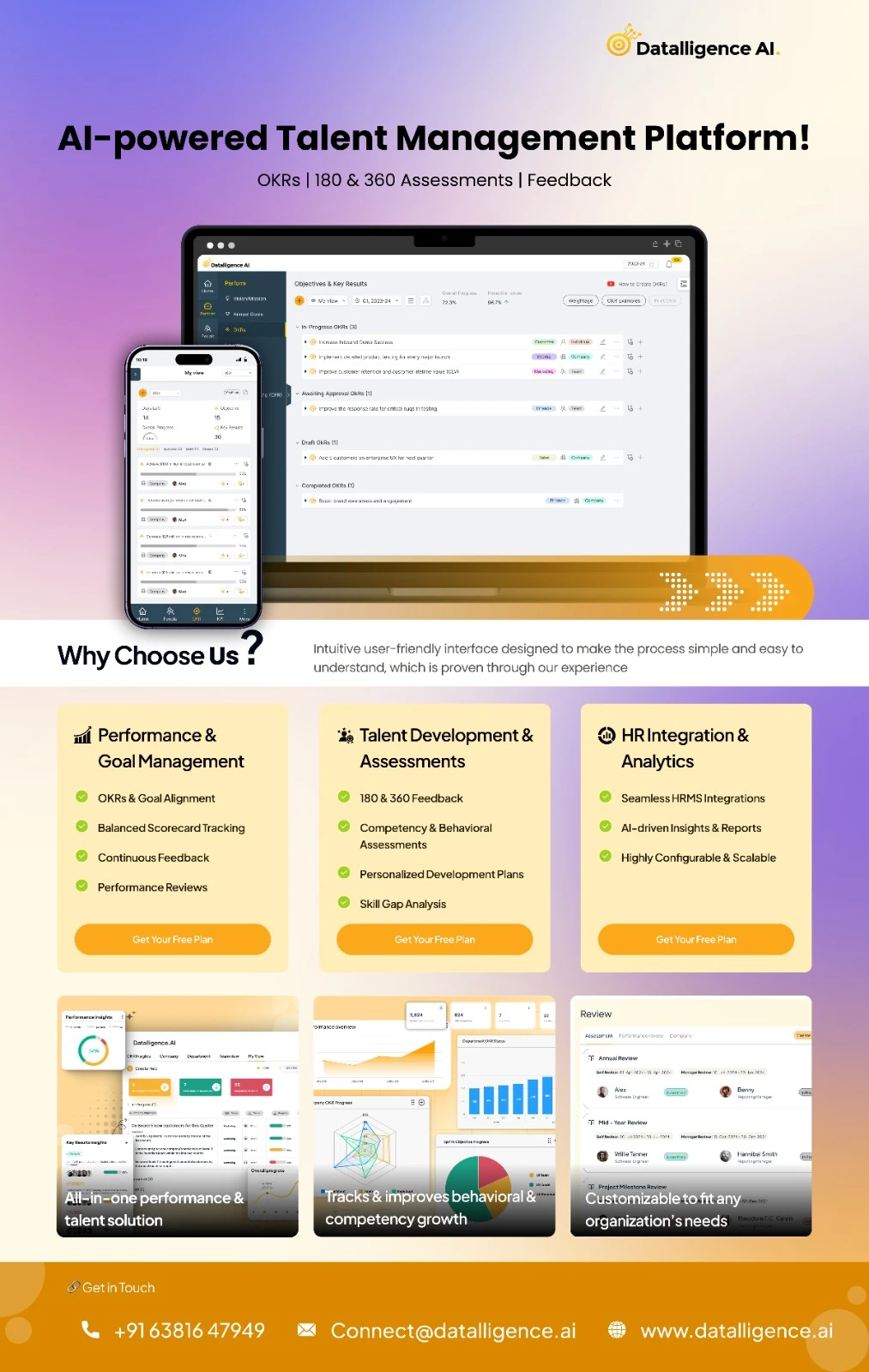Objectives and Key Results ,OKR software for business success are used and established by leading organizations globally. OKRs started gaining visibility once Google started them, and they help organizations create and track the goals set.
Objectives are defined to understand the “what.”. What are we trying to achieve? These objectives are generally roof-shot and moon-shot goals. Discover how leading companies leverage OKR software for business success. From tech giants to fast-growing startups, explore real-world examples of how OKRs help teams set clear goals, align priorities, boost accountability, and measure what truly matters. Learn how OKR software drives performance and strategic execution across industries.
Roof-shot goals: committed or operational OKRs are goal-setting commitments. While grading, we expected to score 100%. Lower progress calls for a discussion, as it shows improvement in planning and/or execution
Moonshot goals: With aspirational OKRs, we lack clarity on what knowledge or resources we need. The expected average score of an aspirational OKR is 70% (which varies from case to case)
Key results are the “how” we can achieve the “what.”. Key results help in understanding the input and output metrics that help to achieve the outcome.
These are two questions with OKR answers
• Where do I want to go? (The answer provides the objective.)
• How will I pace myself to see if I’m getting there? (this gives milestones / key results.)
OKR software for business success have a history dating back to 1954. Peter Drucker, the father of management, designed MBO (management by objectives). He was the person who understood the value of measuring the objectives. In 1968, Andy Grove implemented MBO, which is the current OKR at Intel. When John Doerr joined Intel, he got fascinated by OKRs and was later introduced to Google.
Which companies use OKR software for business success?
- Adobe
- Amazon
- American Global Logistics
- Anheuser-Busch
- Asana
- Baidu
- BMAT
- Box
- CareerBuilder
- Dell
- Deloitte
- Domo
- Dropbox
- Eventbrite
- FiServ
- Gap
- GE
- GoPro
- Humanitec
- InsideSales
- Instructure
- Intel
- ISO Energy
- Kelly Services
- KupiVIP
- LG
- Lookout
- Lumeris
- Malwarebytes
- Microsoft
- Moz
- Mozilla
- MyfitnessPal
- Nerd Wallet
- Netflix
- Oracle
- Panasonic
- Paperless Post
- Rackspace
- Salesforce.com
- Samsung
- Siemens
- Slack
- Spotify
- Tableau
- Trello
- Uber
- Viacom
- Vmware
- Vox Media
- Yahoo
- YouTube
- Zynga
Leading companies and her success stories
Google and OKRs

Google’s Success with OKR Software for Business
Google built a high-performance culture by adopting OKRs early—when the company had just 40 employees. Today, over 70,000 Googlers use OKRs to align, prioritize, and track goals across teams. This early adoption of OKR software for business helped them scale with clarity and focus. OKRs are embedded in every discussion, review, and decision-making process, making them a core part of Google’s operating rhythm and success.
• Google’s objectives are clear, specific, and ambitious and eliminate the feeling of risk.
• They promoted transparency across the organization, which created autonomy and accountability.
• Google values “Stretch Goals,” as they set their scoring standards from 0-1, scoring 1 would mean that the goal set by the employee is not ambitious enough.
• Their grading method is 7-8 (70%–80%), which is considered excellent performance
• Feedback was key and they built conversations around performance
MyfitnessPal and OKRs

Mike Lee, founder of MyfitnessPal, implemented OKRs to ensure that goal alignments were in place.
They wanted to use OKRs to align with their growing team and goals. While the implementation was harder than expected, it took time to create the top-level objectives. It took time for them to create a balance between the strategic and granular levels.
Their success was mainly due to
• The time they spent on alignment and cross-team integration has been the key to success.
• Eliminated co-ownerships of OKRs, which weakens accountability.
• Being true to their north star values
• Decisions that square with the vision and line up
LinkedIn and OKRs

Jeff Weiner, CEO of LinkedIn, mentions that the OKRs are of personal value, which motivates the team to achieve the stretch goal with a plan in place. They motivate the team to set aspirational, moon-shot goals with 3 to 5 OKRs per quarter.
He meets the team for weekly progress and spends quality time reviewing OKRs
Their success was mainly due to
• Sharing personal victories
• Setting time-bound key results
• Allow employees to review their own performance
• Setting quarterly stretch goals
Intel and OKRs

Intel is the brain behind OKRs, and Andy Grove is the father of OKR frameworks. Intel recognizes individuals and teams with awards when they complete their aspirational OKRs. Intel’s “operation crush” is the great fight for survival as an organization. This operation demonstrates all four OKR superpowers( Focus, alignment, tracking, and stretching)
• Clarity in communication: ensuring that the topline goal of the company is understood throughout
• Key results: the Right key results act as the lever that pulls and ensures that the goal is achieved
• Being able to practice patience while implementing OKRs
• Adding feedback and recognition goes a long way toward successful implementation
YouTube and OKRs

While various companies grew tremendously, YouTube grew exponentially. Susan Wojcicki is the most powerful woman, according to Time magazine, and she played a key role in making Google acquire YouTube, which disrupted the television network altogether. Her goals were aggressive, and they achieved the billion hours of people watching YouTube. They relied on OKRs at every single step.
• Identifying the big rocks that could be the goal for the quarter
• Annual objectives with rolling quarterly objectives
• Setting a BHAG goal
Conclusion:
OKRs are a proven tool to track and measure business and people performance. There are use cases that substantiate the success of OKRS. Their superpowers help with focus, alignment, tracking, and stretching. The leading companies deliver and accelerate their performance through OKR software for business success ,which are a simple tool to execute strategy.











